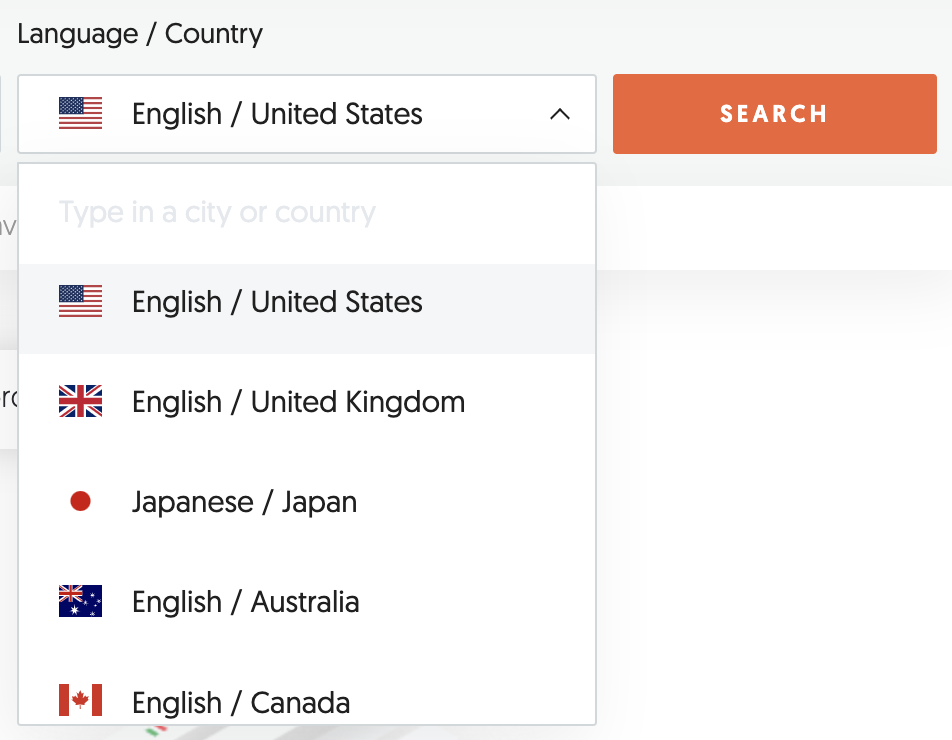From Localization to Globalization: International SEO Fundamentals
Browsing the Digital Landscape: Leveraging International Search Engine Optimization for Cross-Border Success
In today's interconnected digital world, businesses are progressively looking beyond boundaries to touch right into worldwide markets. The intricacy of browsing the digital landscape on a global scale requires a nuanced approach, from understanding the basics of International SEO to implementing geotargeting and multilingual keyword phrase strategies.
Understanding International SEO Fundamentals
Navigating the details of international SEO requires a solid grasp of fundamental concepts to properly increase on-line visibility throughout boundaries. One essential element of international search engine optimization is understanding the significance of localization. This involves tailoring web site content to suit the etymological, cultural, and industrial distinctions of target markets. Key words have to be not only equated but likewise adjusted to show exactly how users in different areas look for info.
In addition, having a clear understanding of geo-targeting is necessary. This entails indicating to online search engine the specific countries or areas an internet site is targeting. Executing hreflang tags is one means to interact this information, making certain that the proper variation of a website shows up in the search engine result for a user in a certain location.
Additionally, understanding the impact of regional online search engine and social media sites systems is essential for international SEO success. While Google is leading in lots of areas, nations like China have their very own search engines like Baidu, calling for customized strategies for each system to maximize on the internet visibility (International SEO).

Targeting Multilingual Search Phrase Approaches
Creating multilingual search phrase strategies is vital for effectively reaching diverse worldwide target markets and making best use of online presence across various linguistic areas. When targeting multilingual key phrase techniques, it is crucial to carry out extensive research to recognize the specific search terms and phrases used by the target audience in each linguistic region. This entails not just equating keyword phrases yet also taking into consideration cultural subtleties, local languages, and search trends unique to every target audience.
To create a successful multilingual keyword phrase strategy, it is essential to focus on importance and search intent. Key phrases need to straighten with the web content on the web site and reverberate with the social context of the target audience. Making use of tools such as Google Keyword Phrase Organizer, SEMrush, or Ahrefs can aid determine high-performing key phrases in various languages and assess their search quantity and competitors degree.
Moreover, monitoring and assessing the performance of multilingual key phrases consistently is essential for enhancing and improving the method gradually. By continually adjusting to changes in search behavior and trends, businesses can boost their online presence and bring in even more global traffic to their websites.
Implementing Geotargeting and Hreflang Tags
When intending to boost international SEO strategies, including geotargeting and hreflang tags is crucial for optimizing website presence across different regions. Geotargeting entails customizing material to specific locations, making certain that users in various locations get relevant details. By implementing geotargeting, companies can improve their regional search rankings and bring in region-specific website traffic.

Optimizing Internet Site Structure for Global Presence
To further boost global search engine optimization approaches past geotargeting and hreflang tags, optimizing the internet site framework is vital for accomplishing worldwide exposure and maximizing reach across different special info regions. A well-structured web site not just enhances customer experience yet also facilitates online search engine spiders in recognizing the content and context of the site. When intending for international presence, it is essential to guarantee that the web site is arranged in try here a sensible way that accommodates individuals from numerous countries. Executing a clear hierarchy with distinct categories and subcategories can assist in boosting the website's navigation and user-friendliness.
Furthermore, creating language-specific subdirectories or subdomains can help internet search engine supply the ideal variation of the website to individuals based upon their language preferences, even more enhancing the general individual experience. In addition, maximizing URL structures to include relevant search phrases and geotargeted terms can boost the website's visibility in various regions. By structuring the web site properly for global audiences, services can raise their chances of bring in worldwide website traffic and increasing their reach across boundaries.

Monitoring and Analyzing Cross-Border Performance
Reliable surveillance and analyzing of cross-border performance is important for evaluating the success of global search engine optimization approaches and recognizing opportunities for improvement in global reach and presence. By very closely tracking crucial efficiency indicators (KPIs) throughout various markets, services can get useful insights right into the efficiency of their cross-border SEO initiatives. Checking metrics such as organic website traffic, keyword rankings, conversion rates, and bounce prices can provide an extensive view of how well a website is have a peek here performing in different areas.
Assessing cross-border efficiency data permits companies to recognize trends, patterns, and areas for optimization. By comparing performance across various countries, areas, or languages, companies can pinpoint successful strategies and center material to much better deal with specific target market. In addition, keeping an eye on cross-border performance enables organizations to remain nimble and receptive in the ever-evolving digital landscape. Routine analysis of search engine optimization efficiency on a global scale makes sure that business can adjust their methods rapidly to take advantage of emerging opportunities and keep a competitive edge in worldwide markets.
Final Thought
To conclude, worldwide SEO plays a vital function in accomplishing cross-border success by enhancing websites for global presence, targeting multilingual keyword approaches, applying geotargeting and hreflang tags, and monitoring cross-border efficiency. By understanding the fundamentals of global SEO and optimizing internet site frameworks accordingly, organizations can effectively reach and engage with their target market across different regions and languages. This critical technique is vital for expanding market reach and driving on the internet growth in today's electronic landscape.